Frontis: W. W. Durbin (1932). Authors collection.
2004 by The Kent State University Press, Kent, Ohio 44242
ALL RIGHTS RESERVED
Library of Congress Catalog Card Number 2004000138
ISBN 0-87338-808-9 (paper)
ISBN 0-87338-820-8 (cloth)
Manufactured in the United States of America
08 07 06 05 04 5 4 3 2 1
Photo of Francis Durbin at the 1940 Democratic Convention reprinted by
special permission of the Chicago Sun-Times 2003.
LIBRARY OF CONGRESS CATALOGING-IN-PUBLICATION DATA
Robenalt, James D., 1956
Linking rings : William W. Durbin and the magic and mystery of America / James D. Robenalt.
p. cm.
Includes bibliographical references (p. ) and index.
ISBN 0-87338-808-9 (pbk.: alk. paper)
ISBN 0-87338-820-8 (hardcover: alk. paper)
1. Durbin, William W. (William Warner). 2. PoliticiansOhioBiography.
3. Democratic Party (Ohio)Biography. 4. OhioPolitics and government18651950.
5. Kenton (Ohio)Politics and government20th century. 6. United StatesPolitics and
government18651933. 7. United StatesPolitics and government19331945.
8. MagiciansOhioKentonBiography. 9. Kenton (Ohio)Biography. I. Title.
F496.D87R63 2004
977.1043092dc22
2004000138
British Library Cataloging-in-Publication data are available.
PREFACE AND
ACKNOWLEDGMENTS
I did not start off to write a book. I was doing what a lot of people do at times of generational transition: trying to find out more about my family. The trigger was my mothers death in 1990.
Very quickly I knew that this was a story that had to be told. Franklin Roosevelt, Warren Harding, Harry Blackstone, Woodrow Wilson, John Brown, Harry Houdini, George Remus, the King of the Bootleggers, and William Jennings Bryan all converged in the person of William Warner Durbin, my mothers grandfather. He flew below the historical radar screen, but what if he had never lived? There were so many links, so many contingencies, conspiracies, discoveries, and inexplicable twists and turns to the drama of his life that it almost seemed like fantasy.
So how to tell of the life of a magician whose vocation was politics? A simple biography was out of the question. All of the hard research led to an idea. Why not travel back in time for one night to meet the old wizard himself in a car ride that actually did take place at the end of his life? Once there, he could tell his story directly to one of his descendantsa transference of family memories that just may have had national significance. Surely a magician could accomplish such a meeting.
The ride takes place in italics. Most of the quotes from Durbin have a source in his notes, letters, and published articles. Everything in a normal typeface is real history, mined and researched over ten years across libraries, magic studios, and archives from the FDR Library in Hyde Park to David Copperfields home in Las Vegas.
I am indebted to several people in the magic world for their help and support. David Copperfield and his archivist, Leo Behnke, provided encouragement, research assistance, and comments on the ideas for this book. David Price opened up Egyptian Hall for me, copied materials, commented on drafts, and continually reminded me to avoid exposing the secrets of magic. Mike Caveney, who bought the Price collection along with George Daily, was always willing to share photos and materials from the collection. Ted Carrothers introduced me to Harry Blackstone Jr.; Harry Blackstone Jr. introduced me to David Price; and the late Bob Lund looked at drafts and let me have copies of his Durbin file.
John Sears, who was the executive director of the Franklin and Eleanor Roosevelt Institute, gave me his thoughts on drafts of the book and has always been willing to introduce me to people or answer questions. John is currently the associate editor of the Eleanor Roosevelt Papers.
My friends Mark Gamin and Neil Evans were wonderful editors. Special thanks to Michael Ruhlman and Philip Jackson, both of whom gave me an authors perspective. Joanna Hildebrand Craig of the Kent State University Press was willing to take a chance on a first-time author. Kathy Method has been a superb editor.
My wife, Beth, and my children, Jim, Meg, and John, went with me to some pretty obscure places to do research. They all showed endless patience with my obsession and provided love, support, and humor throughout the writing process. Beth in particular kept this project going with her constant encouragement. My two Durbin aunts, D. D. Childers Root and Sally Wolfer, told me stories, read my drafts, and always sent love and prayers. My assistant Gail Motley cheerfully helped with word processing and had insightful comments.
Thanks to all.
Tuesday, August 1, 1933
Magic is a powerful thing.
For years Washington has felt the need for a magician, the New York Evening Post reported in the first week of August 1933. This has especially been true since the depression began.
So it was that a strange gathering packed the house on August 1, 1933, in the Treasury Department to witness an extraordinary event on a suffocating Tuesday afternoon in the nations capital. Temperatures were expected to flirt with the upper nineties.
The ever-resourceful Roosevelt Administration had found a magician to take one of the top jobs in the United States Treasury. Dean Acheson, the undersecretary of the Treasury, was there to administer the oath of office. Suspense hung in the air as the old wizardthe man they all came to seerose from his seat to be sworn in by Acheson. The group bustled and buzzed while Acheson shuffled nervously, seeming to brace himself as the old man approached.
Acheson was hardly a man of shaky disposition. Tall, dashing, with bushy eyebrows and a carefully manicured mustache, he had an imperial air and looked more like a fine English gentleman than the American son of an Episcopal bishop from Connecticut. A graduate of the Reverend Endicott Peabodys Groton, he attended Yale before enrolling in the Harvard Law School. Cole Porter had been his roommate at Yale and briefly at Harvard before he dropped out of law school to pursue music. Acheson was deeply influenced during his time at Harvard by his young law professor, the brilliant Felix Frankfurter, and upon graduation Acheson became the private secretary to Justice Louis D. Brandeis, the first Jew appointed to the Supreme Court in American history.
No affection existed between FDR and Acheson. Within three months of this hot August morning Acheson would resign his post, following what he called a spectacular row with FDR over the presidents policy of setting the price of gold every morning from his bedroom in the White House. Acheson was lured back to the administration as the assistant secretary of state, despite his personal dislike of FDR (he found it especially annoying that FDR called everyone by their first name), and he would play a crucial role in 1940 in helping to devise an embargo on Japan so stifling in its range and effect that the Japanese military machine was able to use it to convince Japans political leaders that the only recourse was to attack Pearl Harbor.


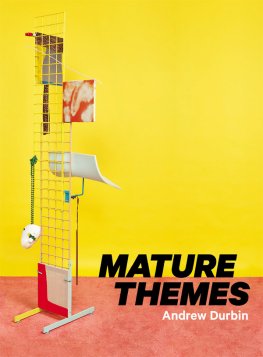
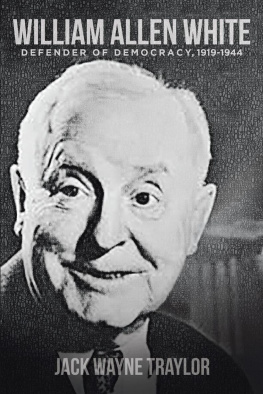
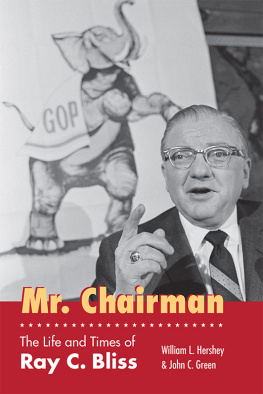
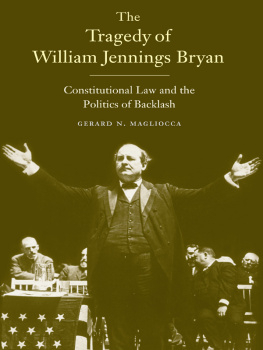
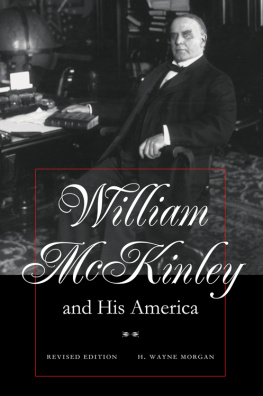
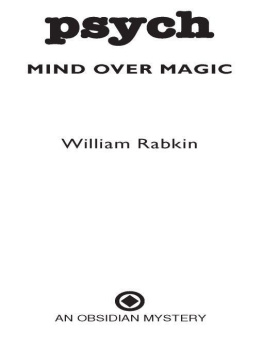



 Kent & London
Kent & London